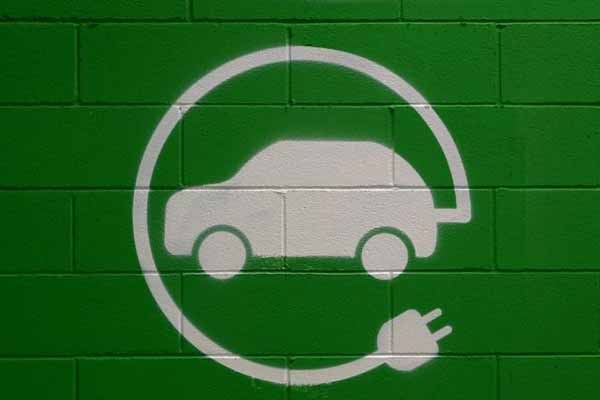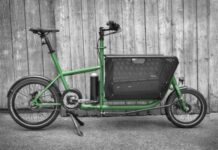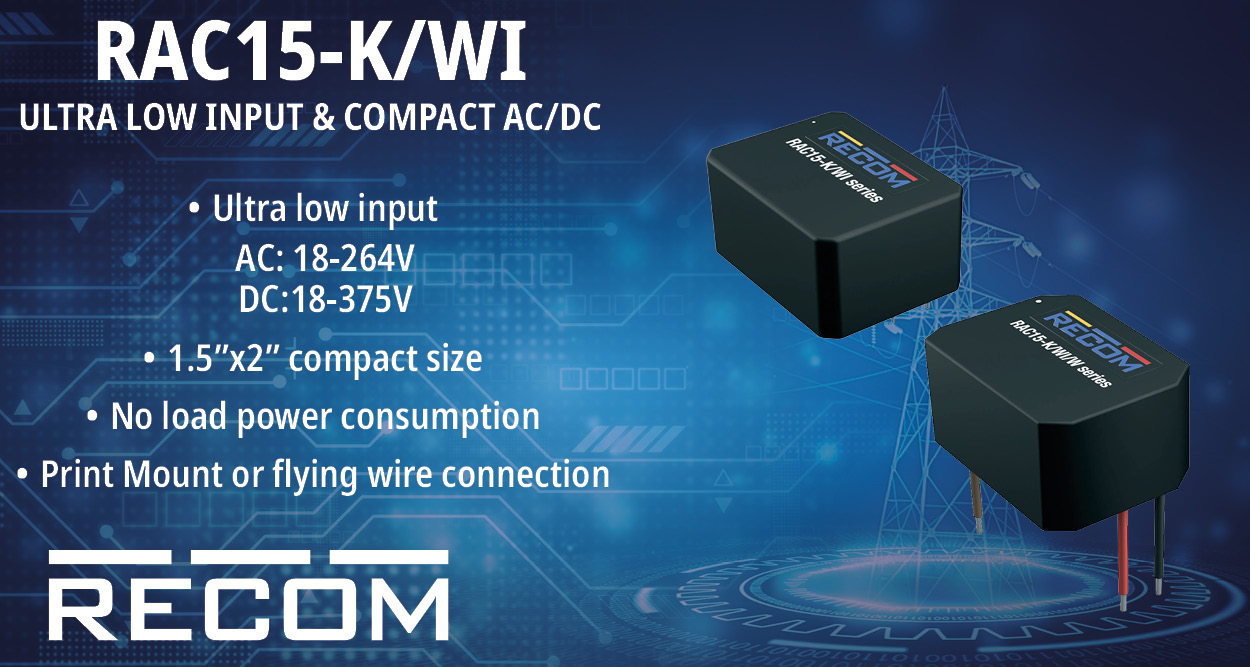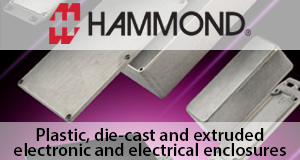Just one year after Apple introduced its first smartphone, Tesla delivered its first electric vehicle in 2008. Today, smartphones are everywhere worldwide, but EVs remain only a small part of the cars on the road. The reasons for this is multi-faceted, including significant economic, utility grid challenges, and technological.
After all these challenges, EVs finally appear composed for widespread adoption and accelerated growth. Tesla’s market growth is leading the way in the auto industry, inviting other manufacturers to enter the space and innovate. Together, automakers will bring more than 130 new models of EVs in the U.S. by 2024. During the 2022 Super Bowl, that growth was on full display where six out of seven of the automaker ads featured electric vehicles.
Some companies are developing solutions and technologies to these EV charging challenges that will meet consumer expectations around electric vehicle charging times. These innovations are also focused at decreasing grid impact and integrating EV charging stations with renewable energy like wind power and solar. The global automotive industry is on the brink of disruption. Four technology-driven trends such as shared mobility, electrification, connectivity, and autonomous driving are leading the automotive industry to this disruption. These movements will shift markets and revenue pools, and will change the mobility behaviour and build new avenues for competition and cooperation.
The Indian automotive industry has started to experience these outcomes and effects of the global disruption. Out of the four growing trends, Electrification is of importance and might notably impact auto component manufacturers and auto OEMs. India has big plans for the emerging EV and its technologies in the country.
E-mobility has taken place in India. In the Indian context, from pollution and its impact any discourse around Electric Vehicles cannot be disjointed, dependence on oil imports, dire must have more renewable sources of energy. The automotive industry could see it as an opportunity and should not view it as a threat. The good news is that policymakers are trying to seriously consider it and the social circle across the nation is making Electric Vehicle a buzzword. After lack of specific pointers towards electrification, the EV Industry in India will might take some more years to evolve. This does not owe to the Indian Government’s goals, targets and their resultant steps but simply because the automobile industry believes that India will also follow the low-carbon footsteps that are being taken by global big car markets like US, China, and Japan.
Whether it’s an electric car, tractor, or truck, traction motors are important for making wheels spin. That’s why many automakers such as Ford, BMW, General Motors and Volkswagen plan to gather motors in-house. For example, Ford is spending $150 million to renovate its Van Dyke transmission plant in Sterling Heights, USA, to mass-produce electric-motors. With its modular ultium drive power train family general Motors is also taking a vertically integrated approach, which comprise of three interchangeable motors.
Vehicle weight is a crucial determiner of drive range. A 10% reduction in weight can improve up to 8% economy of fuel. Unfortunately, electric drive trains and batteries are notably heavier than ICE power trains. To counteract the growing weight of electric power trains Into the vehicle body, manufacturers are incorporating advanced lightweight materials. Replacing standard materials with lightweight magnesium and carbon fibre or aluminium alloys which can reduce the weight of a chassis and a vehicle body by up to 50%. Vehicle manufacturers must include these materials intelligently and make sure that weight deductions do not compromise vehicle safety.
Despite the many environmental and economic benefits of hybrid vehicles and EVs, with regard to the availability and affordability of material used in manufacturing these vehicles there were many challenges. Going by the current chemistry of lithium battery and no other changes in technology in power train manufacturing in the four-wheeler hatchback segment, the total ask for materials is estimated to increase from 0.005 million tonnes to nearly 1.6 million tonnes, as per a report published earlier. Further, many of the resources like lithium, copper, permanent magnets and similar materials and components, are heavily imported by India with import costs rising over the years. In the coming year, e-mobility in India would not be something of luxury but it would be something compulsory for the survival because the pollution level is very much on the alarming side, and the only solution is the transmission of energy and green sources. Hence, EVs are unavoidable when it comes down to it, so it is better to plan and arrange about how the developments are going to happen rather than dodging the change. Without a doubt, a consolidated policy on future of mobility with a focus on zero carbon emission mobility is the call of the hour. However, such a policy should also think about revenue to the government, financial health of the industry, and employment opportunities to millions. The future of electric vehicle is here and it’s here to stay, evolve and widen its reach.
About the author:

Dr. Irfan Khan is the Founder & CEO of eBikeGo (https://ebikego.com ), a sustainable mobility company that aims to make world-class electric mobility solutions that transform how people move. Mobility must transform if people are to thrive; but the industry’s emphasis is on economy & efficiency, not excellence. eBikeGo is driven towards creating a suite of customer-centric electric mobility solutions empowering people to seize not just the moment, but the future.

















